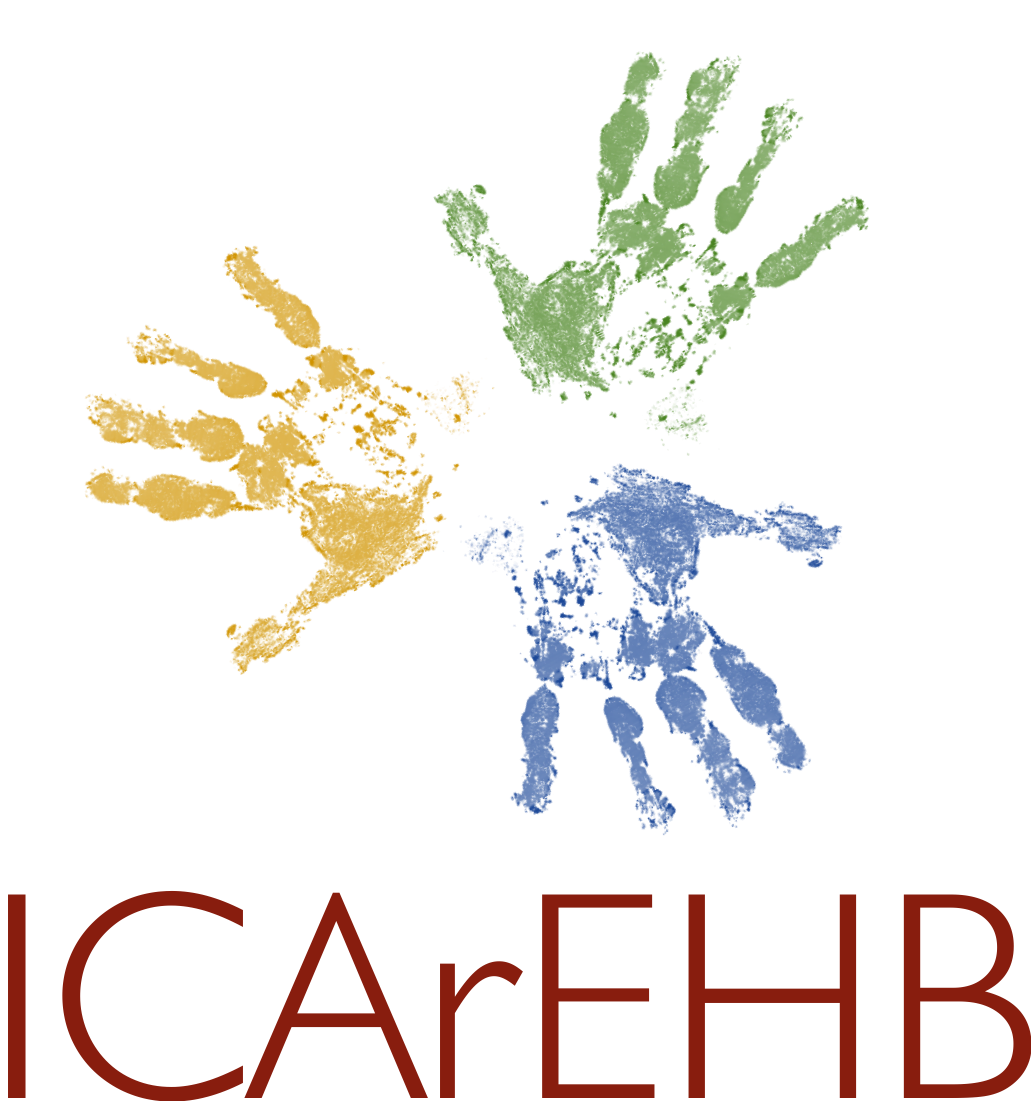
The core mission of the ICArEHB is to develop an integrative understanding of past human adaptations. We seek to establish interdisciplinary perspectives to address key aspects of the human journey by investigating the archaeological record and using present analogs, including extant primates, to model past human evolution and adaptation through time. To achieve this, ICArEHB integrates a diverse group of researchers, many of which with an international careers and with multidisciplinary expertise in Archaeology, Physical Anthropology, Primatology, Earth and Marine Sciences, Geoarchaeology, Ethnoarchaeology, Paleobotany, Zooarchaeology, GIS, History, and collaboration with Ancient DNA studies.
Research is organized in five thematic areas that function as think tanks, ideal for reflections on the big steps that mark human evolution: Emergence and evolution of food production societies; Adaptations to coastal environments; Dynamics of Paleolithic people in Eurasia; Prehistoric behavior and dispersals in Africa; History of archaeological sciences.
These groups are not independent of each other since their scientific inquiry and applied methodologies frequently overlap and overflow between research lines. In line with our scientific questions, the geographic scope embraces several key research areas in Europe (Portugal, Spain, France, Germany, and Bulgaria), Africa (Morocco, Kenya, Guinea-Conakry, Mozambique, Senegal, South Africa, Egypt, Sudan, Ethiopia, Malawi) and in the Near East (Israel, Jordan). In addition to researcher-specific facilities, ICArEHB has 8 main laboratories that serve the research center and perform external public services: Osteoarchaeology Lab; Microscopy Lab; Laboratory for analysis of raw materials and ancient tools; Paleo-environmental and diet laboratory; Laboratory for Experimental Archaeology; Geoarchaeology Lab; Digitial Archaeology Lab; and Science Communication Lab.
Barbieri, A., Maier, A., Lauer, T., Mischka, C., Hattermann, M., & Uthmeier, T. (2022). Post-LGM environments and foragers on the move: New data from the lower Altmühl Valley (Franconian Jura, SE Germany). Journal of Human Evolution, 173, 103267. https://doi.org/10/gq4584
Oertle, A., Szabó, K., Gaqa, S., Cawthra, H. C., Esteban, I., Pargeter, J., & Fisher, E. C. (2022). Peering into the unseen: Novel methods in identifying shell taxa from archaeological micro-fragments. Journal of Archaeological Science, 147, 105667. https://doi.org/10.1016/j.jas.2022.10566
Bobe, R., & Wood, B. (2021). Estimating origination times from the early hominin fossil record. Evolutionary Anthropology, 1-11. https://doi.org/10.1002/evan.21928
Haws, J.A., Benedetti, M.M., Talamo, S., Bicho, N., Cascalheira, J., Ellis, M.G., Carvalho, M.M., Friedl, L., Pereira, T., Zinsious, B.K., 2020. The early Aurignacian dispersal of modern humans into westernmost Eurasia. PNAS 117, 25414–25422. https://doi.org/10.1073/pnas.2016062117
Godinho, R. M., & Gonçalves, C. (2021). Testing the reliability of CT scan-based dental wear magnitude scoring. American Journal of Physical Anthropology. Advance online publication. https://doi.org/10.1002/ajpa.24374
